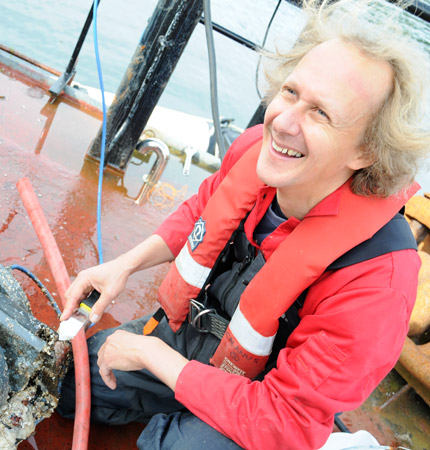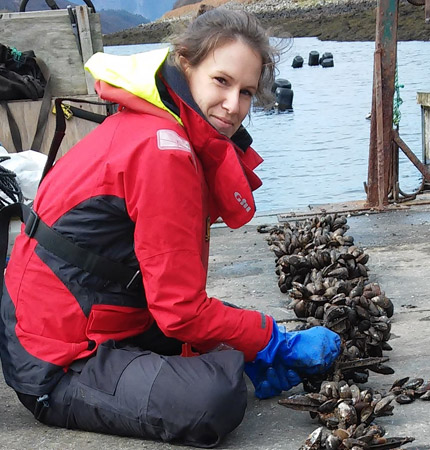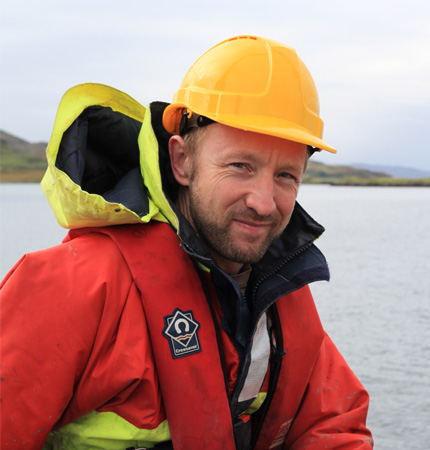Calcium in a changing environment - impacts of climate change on aquaculture
Development of statistical models linking predicted environmental drivers to shellfish mariculture production
Human-induced climate change is changing the physical and biological processes within the marine environment from local to global scales.
The shellfish aquaculture industry is an important contributor to the economy of many coastal nations worldwide.
Project aims
- >Determining the exposure, sensitivity, adaptive capacity, and overall vulnerability for each nation’s shellfish mariculture industry from 2020 to 2100.
- >Identify any time point where vulnerability is greatly increased relative to previous points in time (i.e. ‘tipping points’), as a means of identifying appropriate timelines for management plans.
High exposure was in general the result of high risk for multiple indices, highlighting the importance of the effects of synergistic stressors in marine systems.
High species sensitivity was due to cultivation of taxa that inhabit a narrow range of environments, while in nations with both high economic and nutritional dependence, rising prices could increase the wealth gap.
Most of the nations that scored high risk for adaptive capacity (8 of 14 nations) were due to poor governance in developing and least developed nations in Africa. Many developed nations in Europe also had high scores in the adaptive capacity layer, as a result of low diversity in the sector (almost exclusively mussels).
Vulnerability to climate change was predicted to increase to 2100 with the largest changes predicted to occur in 2070/80. These tipping points indicate where rapid declines in shellfish mariculture production may occur.
On a global scale, we found that the greatest risk-factor in a nations’ vulnerability to climate-change, in terms of shellfish mariculture, is each nation’s adaptive capability.




